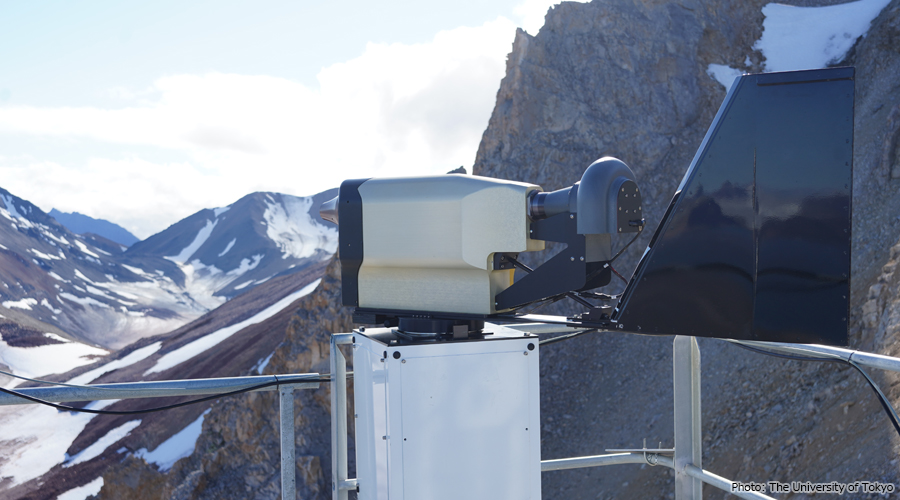Low-clouds observation in Ny-Ålesund, Svalbard
Overseas Fellowship Program Participant:FY2024 Short-Term Program
Akira Yamada (The University of Tokyo)
Clouds reflect the sunlight, as is familiar from a dark sky on a cloudy day. Since the amount of energy the Earth receives from the sunlight determines how much the Earth is warmed, how much clouds reflect solar radiation plays an important role in the Earth’s climate. Lower clouds, defined as clouds below about 2,000 meters, are believed to have strong cooling effects on the Earth. However, the detailed processes of their formation, maintenance, and dissipation are remained unknown, which leads to a great discrepancy in cloud cover predictions among different climate models. It is important to clarify the physical processes involved in such lower clouds.
The Arctic temperature is increasing more rapidly than that of other regions. In order to investigate the elementary processes of how the Arctic lower clouds respond to climate change, we stayed at Ny-Ålesund, Svalbard, Norway for 10 days. The main objective was to install an instrument called Hawkeye on a mountain at an altitude of about 500 meters and set up an environment for continuous observation and remote monitoring of the lower clouds. Hawkeye has three instruments: FCDP, 2DS, CPI. FCDP measures sizes of cloud droplets, 2DS measures sizes of raindrops, and CPI takes photographs of particles. The system is equipped with a fan that creates air flow to intake particles from outside and a fin that allow Hawkeye to rotate in accordance with the wind direction to efficiently let particles in. Although we faced some problems, the installation was successfully completed within the stay.

After installation, we kept an eye on the operational status and observed a large number of particles every time lower clouds cover around Hawkeye. We have continued to monitor the system by connecting remotely to the local computer after coming back to Japan. Although problems such as dust entering the instrument sometimes happen, the local technicians maintain the instrument and it has continued to operate without any serious problems. I am looking forward to analyzing the accumulated data comparing with observation data from other instruments.
